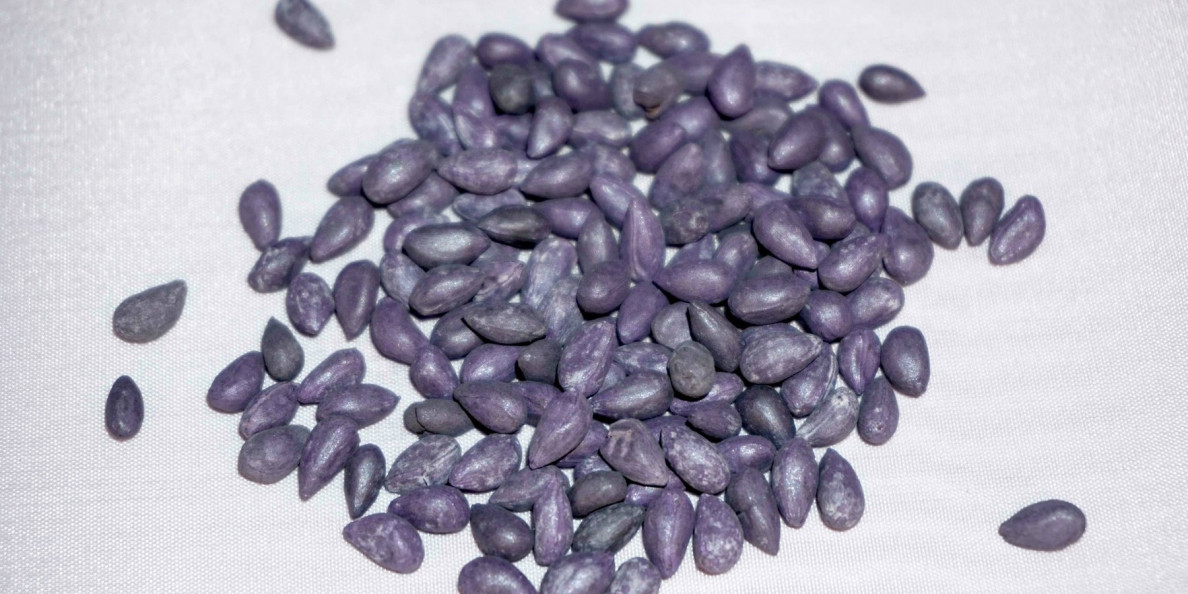For cotton growers, what’s in a bag of seed besides the high price? A wide array of technology designed to help producers become more efficient, says cotton specialist Randy Norton with the University of Arizona.
About 25 years ago, a bag of cotton seed sold for about $50-$100, says Norton. Today, a bag of cottonseed with cutting-edge technology can fetch around $400-$450. Certainly, today’s seed genetics was not your grandfather’s, thankfully.
Norton says seed companies have done an excellent job making genetic improvements which help increase yield and lint quality, and repel pests and diseases, and more.
“We now have cotton varieties with multiple gene traits that confer pest resistance-tolerance to herbicides,” says Norton, director of the University of Arizona’s Safford Agricultural Center at Safford.
“These technologies have revolutionized how we grow cotton in Arizona,” says Norton, “but it’s pretty expensive.”
Bt insect resistant technology added to cottonseed more than a decade ago has helped reduce the once No. 1 pest in Arizona cotton – pink bollworm. Thanks to Bt, sterile insect technology, and other strategies, he believes the pinky has been functionally eradicated.
“We haven’t had to spray for the pink bollworm in many years due to new seed traits,” said Norton. “There’s definitely a value and benefit for today’s growers.”
As of Oct. 1, the National Agricultural Statistics Service estimated Arizona cotton acreage at 172,500 acres, including 158,000 Upland acres (up 40,000 acres from last year), and 14,500 Pima acres – about 3,500 acres higher than last year.
Seeding rate
As seed prices climb, growers continue to experiment with reducing the number of seed (seeding rate) planted per acre to reduce costs; while still hoping for a good plant stand, lint yields, and fiber quality.
In Arizona, Norton says the average seeding rate by cotton growers is 50,000 to 60,000 seeds per acre. His trials have tested seeding rates from 20,000 to 120,000 seeds per acre.
“UA research finding suggests a final plant stand from 30,000 to 60,000 plants (seeds) per acre can be ideal,” he says, noting that the cotton plant is “extremely flexible” and perhaps forgiving to some degree in the response to different planting rates.
“If about 80 percent to 90 percent germination is achieved, a good planting rate can be achieved at 50,000 to 70,000 seeds per acre,” Norton’s research suggests.
Besides the cottonseed, a good stand with fewer seed also depends on picture perfect weather.
Norton says, “Make sure the minimum soil planting temperature is in the 60-65 degree F. range with good weather in the forecast, plus no cold temperatures or storms for 3-5 days after planting. These conditions can give the grower the best chance of getting every seed to germinate.”
He says a fair-to-uniform stand is essential. Stands with less than 30,000 plants per acre can produce a lower yield, including skipped plants in the field.
“Capitalizing on the best conditions available will give you the best chances for success,” the UA cotton specialist said.
